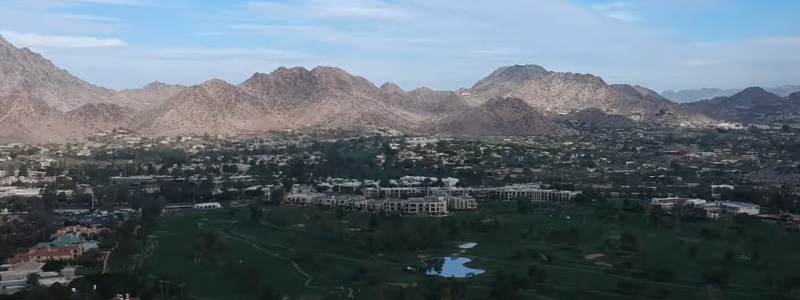Phoenix for History Buffs
When compared to other US cities, Phoenix is a fairly young city. Formally Incorporated as a US city in 1881, Phoenix has its own rich history worth sharing and preserving. Whether you are a Valley resident or a guest visiting Phoenix, the historical landmarks throughout Phoenix are truly worth seeing and exploring.
In this guide, we’ll take you on a journey through Phoenix’s hidden historic gems and explore the unique stories and people that have shaped this city. From ancient petroglyphs to the iconic Arizona Biltmore, we’ll show you why Phoenix is a hidden gem for history buffs. So, buckle up and get ready to discover the fascinating history of Phoenix, Arizona.
Rosson House Museum at Heritage Square
113 N 6th St, Phoenix, AZ 85004; (602) 258-0048
If you’re a history buff visiting Phoenix, you absolutely cannot miss Heritage Square. This historic district is located in downtown Phoenix and is home to some of the city’s oldest buildings, dating back to the late 1800s.
The centerpiece of Heritage Square is the Rosson House Museum, which is a beautifully restored Victorian home that provides a glimpse into life in 19th-century Phoenix. The house is filled with original furnishings and decor from the time period, including a claw-foot bathtub and a working wood stove.

Visitors can step back in time and experience what life was like for the wealthy Rosson family and their servants in the late 19th century. The museum offers guided tours that take visitors through the various rooms of the house, showcasing the intricate details of the architecture and the lavish furnishings of the time period.
In addition to the Rosson House Museum, Heritage Square is also home to several other historic buildings, including the Carriage House, the Teeter House, and the Arizona Doll & Toy Museum. These buildings have been restored to their original condition and offer fascinating insights into life in Phoenix in the early days.
One of the best times to visit Heritage Square is during one of the many events that take place throughout the year, such as the annual Victorian Christmas celebration. During these events, the entire district is transformed into a living history museum, complete with costumed actors, live music, and plenty of festive cheer.
The Wrigley Mansion – Phoenix
2501 E. Telawa Trail, Phoenix, AZ. 85016; (602) 955-4079
The Wrigley Mansion is one of Phoenix’s most notable landmarks. The mansion was built by chewing gum king William Wrigley Jr. in 1932 at a cost of $1.2 million dollars. Quite fittingly, the mansion was named by Wrigley “La Colina Solana” or, the sunny hill because of its location atop a 100-foot hill with sweeping views of the Valley’s mountains and the city. The architecture is reflected in Spanish, California Monterey, and Mediterranean influences with an elegance unmatched by any other historical Phoenix structure.
The mansion is an impressive 16,850 square feet, with 24 rooms and 12 bathrooms, yet it was in fact the smallest of Wrigley’s five homes. The rooms are marked by lavish tile work, clay walls, and balconies and terraces. The home was designed to impress visiting dignitaries and members of high society and no expense was spared in the creation and decoration of the home down to the tiniest of details.
But the Wrigley Mansion isn’t just a beautiful building. It also has a fascinating history. During World War II, the mansion was used as a hospital for wounded soldiers. In the years that followed, it served as a private residence, and eventually, it was transformed into a restaurant and event space.
The Wrigley’s eventually passed on and after several changes of hands, the property was purchased in July 1992 by George A. Hormel, one of the heirs to the Hormel meatpacking family. Hormel founded the Wrigley Mansion Club, which has dedicated great effort to the preservation of the mansion for future generations. The Wrigley Mansion is open to the public for private functions and fine dining.
Arizona Biltmore
2400 E Missouri Ave, Phoenix, AZ 85016; (602) 955-6600
The Arizona Biltmore has a rich and storied history that has made it a beloved landmark of the state. The Biltmore’s style and design have been the inspiration for architects and builders around the world. It is known as the “Jewel of the Desert” and has been a playground for celebrities, politicians, and royalty since its opening in 1929. The Biltmore has a legacy that spans nearly a century and has been visited by countless people from all corners of the globe.
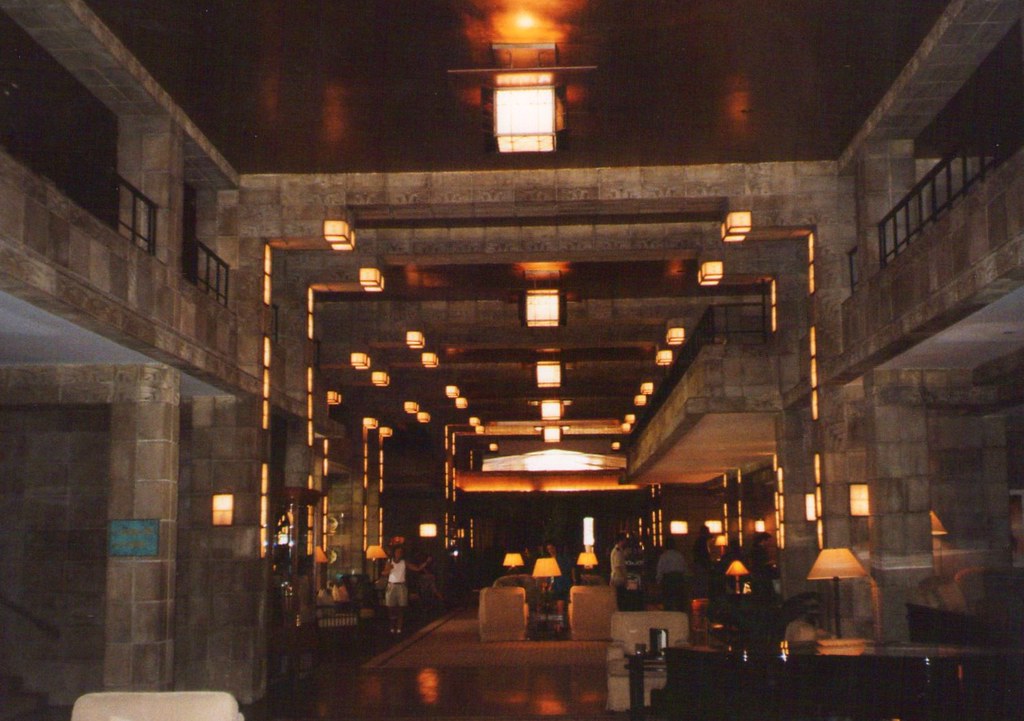
The Biltmore’s legacy is not just limited to its stunning architecture and luxurious amenities. It has also played a significant role in the social and cultural history of the region. The hotel has hosted presidents, movie stars, and other notable figures throughout its history, and has served as a hub for social and political events. The Biltmore’s famous swimming pool, which was once the largest in the world, was the site of many historic events including fashion shows, beauty pageants, and even wartime training exercises.
Today, the Biltmore remains a beloved destination for travelers from all over the world. Its legacy lives on through its timeless design, luxurious amenities, and dedication to providing an unforgettable experience to its guests. The Biltmore has become an institution in Arizona, and its legacy will continue to inspire and captivate visitors for generations to come.
Historic Heritage Square
115 N. Sixth St., Phoenix, AZ. 85004; (602) 262-5029
Historic Heritage Square is one of “Phoenix’s Points of Pride”, and offers visitors a glimpse into Phoenix’s Victorian past. Contained in the one square city block are the only remaining residential structures from the original Phoenix townsite. The collection of homes, carriage houses, and commercial structures dates as far back as the late 1800s. Some of the structures have been converted to restaurants and shops allowing guests to relax and enjoy the architecture.
The Rosson House built in 1985, is the largest home on the block and the most elaborate. Other homes and structures include Forest’s Carriage House (1881), The Duplex (1923), The Carriage House (1900), The Silva House (1906), The Bouvier-Teeter House (1899), The Baird Machine Shop (1929), The Thomas House (1909), The Stevens-Haustgen House (1901), and The Stevens House (1901). Tours are offered regularly where visitors can hear detailed information about the history of each home or building.
Orpheum Theatre Phoenix
203 W Adams St, Phoenix, AZ 85003; (602) 262-6225
The Orpheum Theater is a historic gem in the heart of downtown Phoenix that should not be missed by any history buff. The theater was originally designed in 1929 as a venue for vaudeville acts and silent movies. However, in 1930, “All Quiet on the Western Front” was the first motion picture shown at the Orpheum, marking the beginning of its long history as a movie palace. Over the years, the theater has undergone several renovations and restorations, and today it stands as a stunning example of Spanish Baroque Revival architecture.
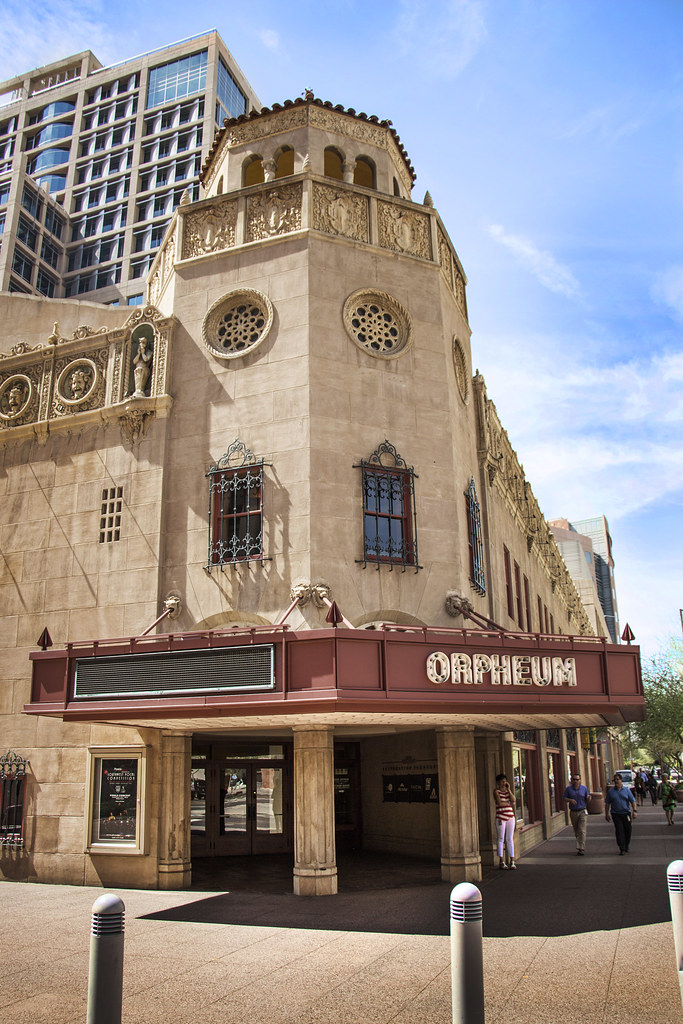
The Orpheum Theater is not just a beautiful building; it is also home to a rich history of entertainment in Phoenix. Many famous performers have graced its stage, including Bing Crosby, George Burns, and Frank Sinatra. The theater’s interior is adorned with ornate details, such as hand-painted murals and gilded plasterwork. The grand lobby features a marble staircase and crystal chandeliers, creating an atmosphere of elegance and sophistication.
Visitors to the Orpheum Theater can take a guided tour to learn more about its history and architecture. The tours are led by knowledgeable volunteers who are passionate about preserving the theater’s legacy. In addition, the theater hosts a variety of events throughout the year, including concerts, plays, and dance performances. Attending a show at the Orpheum is a unique and unforgettable experience that will transport you back in time to the golden age of entertainment.
Tovrea Castle at Carraro Heights
5041 E. Van Buren St., Phoenix, AZ. 85034; (602) 262-6412
The Tovrea Castle and Gardens were constructed in 1928 by an Italian immigrant, Alessio Carraro. Carraro moved to settle in Phoenix after selling his San Francisco-based sheet metal business, purchased the 277 acres of desert land, and began constructing the castle and surrounding gardens.
The gardens were designed by Carraro and developed by a skilled Russian gardener named Moktachev. Carraro, his son, and about 20 men worked for 2 years clearing the desert and constructing the unusual wedding cake-shaped castle. Carraro’s dreams of a remote desert oasis ended as neighboring landowners began purchasing the nearby land for private use. In 1931 Carraro sold the estate to the Tovrea family.
Della Tovrea remained the owner of the castle and gardens until her death in 1969 and the Tovrea Family Trust assumed control of the property. Years of neglect caused the property to deteriorate until 1993 when the property was purchased by the city of Phoenix. The city went on to purchase 36 more of the castles surrounding acres and began the task of refurbishing and preserving the Tovrea Castle and Carraro Cactus Garden.

The three-story castle features an impressive 44-room design, complete with a basement and a tower. It is surrounded by a stunning cactus garden that boasts more than 5,000 cacti, including a rare saguaro cactus forest. The castle has been listed on the National Register of Historic Places since 1996.
Visitors can take a guided tour of the castle and its gardens, where they will learn about its rich history and fascinating architecture. The tour includes a visit to the castle’s basement, which was once used as a caretaker’s residence and now serves as a museum that showcases the castle’s history.
One of the most fascinating aspects of the castle’s history is its connection to the infamous “cactus rustlers” who stole cacti from the garden in the 1930s. The tour guide will regale you with this story and many others that bring the castle’s history to life.
St. Mary’s Basilica
Third and Monroe Streets; 602-252-7651
St. Mary’s Basilica was founded in 1881 by a French missionary, Father Edouard Gerard. This Roman Catholic Basilica is the oldest Catholic church building in Phoenix and by many accounts the most beautiful. The mixture of southwestern design with French and Spanish influences melded to create a structure that truly stands out in the Phoenix downtown.
There is a rich history here, as the Basilica has seen its share of historic occurrences, including a visit in September 1987 by the late Pope John Paul II. Mass is still said daily at St. Mary’s and tourists and visitors come to admire the beautiful stained glass windows, carillon tower, French shrines, and gift shop. St. Mary’s is still an active Roman Catholic church where Mass is said on a daily basis.
The Mystery Castle
800 E Mineral Rd, Phoenix, AZ 85042
Nestled in the foothills of South Mountain Park, The Mystery Castle is a quirky, yet intriguing piece of Arizona’s history. Built by Boyce Luther Gulley, the castle was constructed from a variety of materials such as adobe, stone, automobile parts, and railroad tracks.
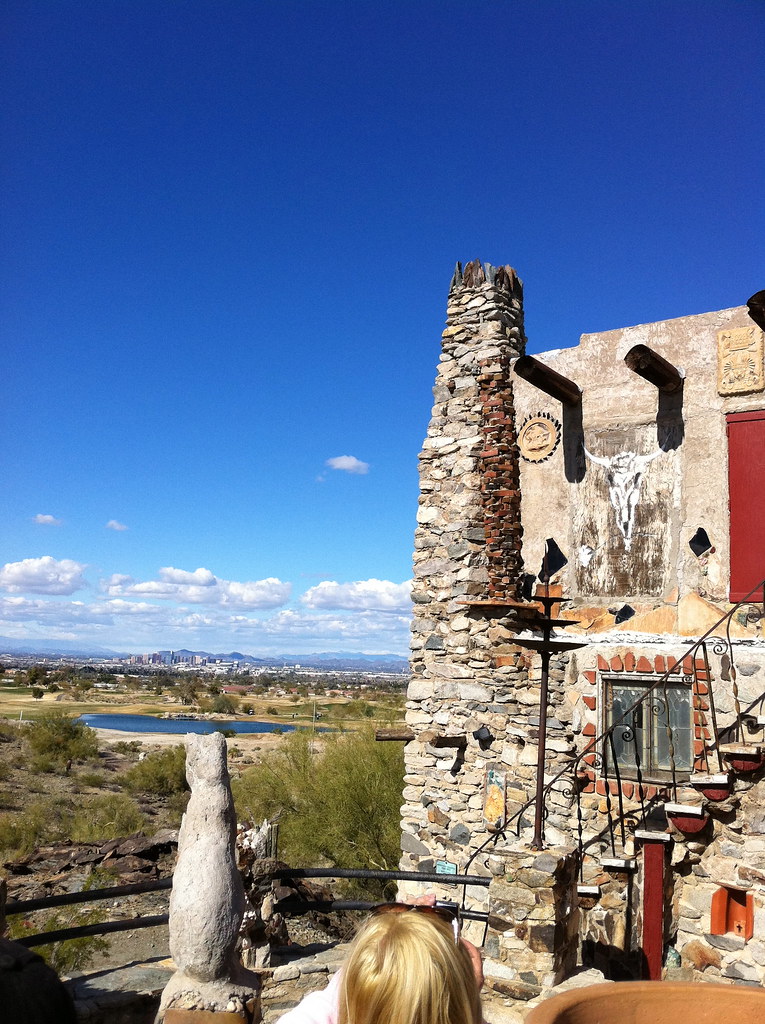
The castle’s unique architecture and furnishings reflect Boyce Gulley’s eccentric personality and his love for art and architecture. The Mystery Castle is full of surprises, including secret rooms, hidden passageways, and an impressive collection of antiques and curiosities.
Visitors can take a guided tour of the castle and learn about Boyce Gulley’s life and the mystery surrounding his disappearance. The castle also hosts events throughout the year, including concerts, art shows, and cultural festivals.
Pueblo Grande Museum and Archaeological Park
4619 E Washington St, Phoenix, AZ 85034; (602) 495-0901
If you’re a history buff planning a trip to Phoenix, you won’t want to miss the Pueblo Grande Museum and Archaeological Park. This hidden gem offers a fascinating glimpse into the lives of the ancient Hohokam people who lived in the area from around 450 AD to 1450 AD.
The museum itself is home to an impressive collection of artifacts and exhibits that tell the story of the Hohokam people and their culture. You’ll see everything from pottery and jewelry to tools and weapons, all of which offer insight into the daily lives of these ancient people.
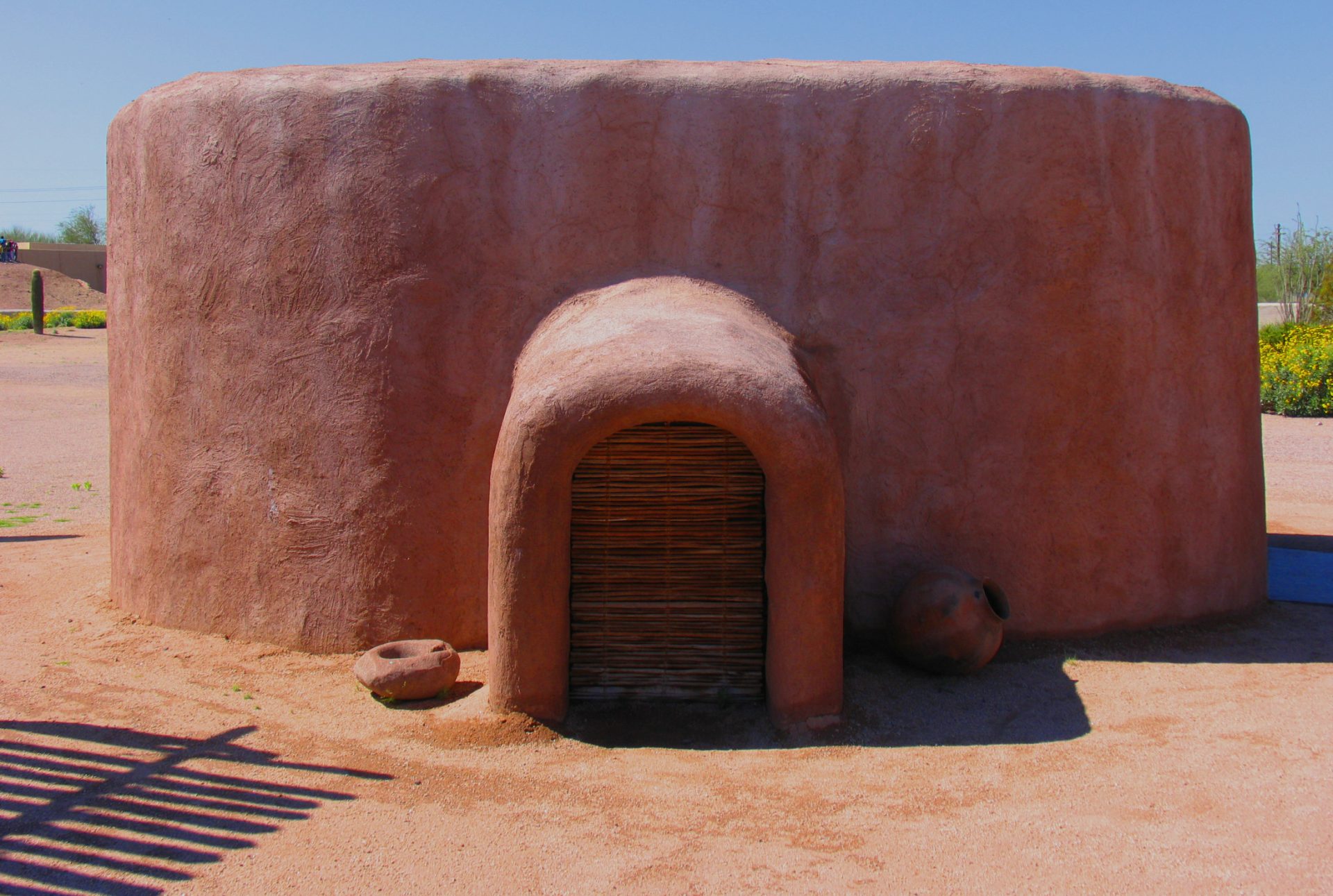
But the real highlight of the Pueblo Grande Museum and Archaeological Park is the archaeological site itself. Here, you’ll find the ruins of several ancient structures, including a ballcourt, a platform mound, and a canal system. You can take a self-guided tour of the site, or join a guided tour led by one of the museum’s knowledgeable staff members.
One of the most interesting things about the Pueblo Grande Museum and Archaeological Park is that it’s located right in the heart of modern-day Phoenix. As you walk around the site, you’ll see the city’s skyline looming in the distance, a stark contrast to the ancient structures that surround you.
Final Word
Phoenix is often associated with its modern and urban lifestyle, but it has a rich history that is worth exploring. From early Native American settlements to Spanish colonization, mining booms, and the growth of the city, Phoenix has many hidden historic gems waiting to be discovered.
Exploring the history of Phoenix will give you a unique and deeper insight into the city’s culture, people, and development. You’ll get to see how the city evolved over time and experience the different historical eras that shaped its identity. Moreover, Phoenix’s historic sites and museums offer a diverse range of exhibits and stories that cater to all interests and passions.
We hope you enjoyed our post on exploring Phoenix’s historic sites. Our city is full of fascinating stories and historical landmarks that are just waiting to be discovered. By following this guide, you can explore some of the most interesting and lesser-known historical sites in Phoenix. From hidden museums to unique architecture, there is so much to explore! We hope that this guide has inspired you to get out and explore the rich history of our city. Don’t forget to share your experiences with us in the comments below!
